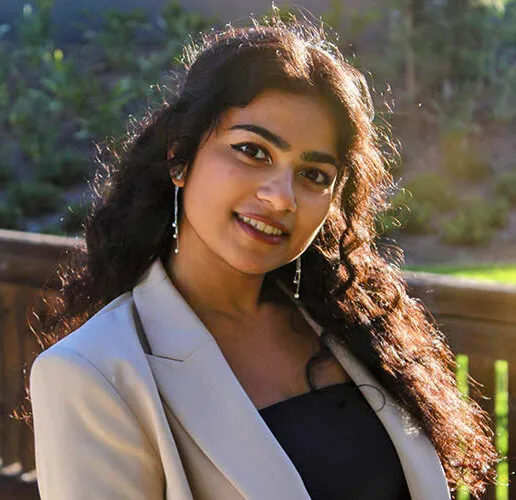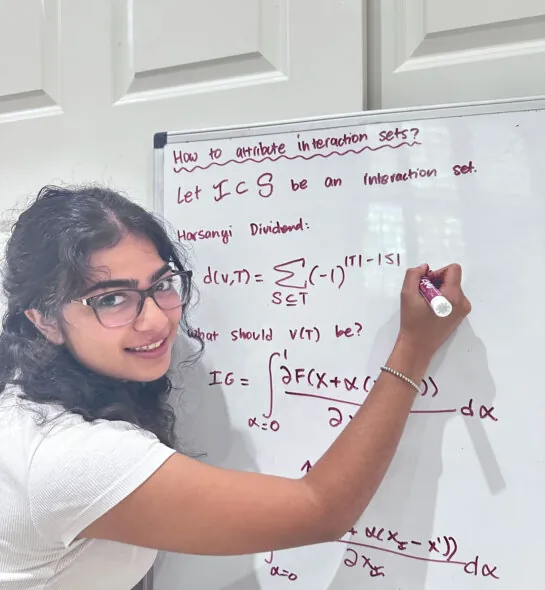Deeper Dive
My project, H-Sets: Uncovering Feature Interactions in Image Classifiers Using Hessian, focuses on improving how we understand the decisions made by AI models. Most current explanation methods highlight which individual pixels in an image are important for a model’s prediction, but they miss how combinations of pixels might work together to influence that decision. This missing piece—called feature interaction—is essential for understanding complex model behavior. With guidance from Professor Nidhi Rastogi and mentorship from Ph.D. student Dipkamal Bhusal, I developed a new method that can detect these interactions using a mathematical tool called the Hessian. Over several months of research, I designed and implemented H-Sets, a method that explains not only which parts of an image matter but also how those parts interact to shape the model’s output. This contributes to making AI systems more interpretable and trustworthy.
AI systems are increasingly being used in areas where decisions carry real-world consequences, such as diagnosing diseases or detecting objects in self-driving cars. In these cases, it is critical to understand not just what the model is focusing on, but why. H-Sets helps bridge that gap by revealing how different parts of the input interact to influence the model’s prediction. This added layer of understanding can improve confidence in AI systems, especially in settings where safety, fairness, and accountability matter. I hope my work contributes to building AI that people can understand and trust.



